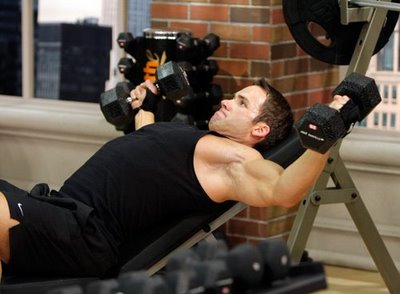 Super slow is a strength training technique that was first popularized by Ken Hutchins. As the name implies, super slow training involves moving very slowly through repetitions. For both the lifting and lowering movements of each exercise, a ten count is used.
Super slow is a strength training technique that was first popularized by Ken Hutchins. As the name implies, super slow training involves moving very slowly through repetitions. For both the lifting and lowering movements of each exercise, a ten count is used.
So what are the benefits of super slow training? And does it work?
I decided to try super slow training for myself by scheduling an appointment at Inform Fitness in Los Angeles. What’s immediately apparent is how much passion the trainers have for the technique - which, they claim, only involves 20 minutes of exercise once a week.
Yup, you heard that right. Just 20 minutes of exercise per week.
The theory is that super slow training is so intense on the body, it takes about a week for the muscles to fully repair and rebuild. And, in just 20 minutes, the trainers can put you through a number of compound exercises that fully fatigue every muscle group.
After trying the technique, I can certainly say that it’s intense. Because each repetition takes a total of 20 seconds, there’s no help from momentum. There’s no cheating. And there’s no rest in between each repetition; it’s constant work for your muscles. It’s exhausting.
Super slow training does work. But, according to the Mayo Clinic and the research that they’ve reviewed, it’s not more effective than traditional training. Instead, it’s a great way to add variety to your routine and guard against boredom at the gym. Because the movements are so slow, it’s also a great way to reduce the risk of injury - especially when compared to other techniques like crossfit.
Will 20 minutes of super slow training per week give you the body of your dreams? Well, I guess it all depends how you envision the body of your dreams. At the end of the day, super slow training can definitely give you some positive results - especially if you combine the training with proper nutrition and cardio.
For me, super slow training isn’t a muscle miracle, but rather another tool to use at the gym - and a great strategy for mixing things up.







 If you’ve done any exercise-related research, you’ve probably come across the term superset. A superset is when you perform two exercises back-to-back without stopping.
If you’ve done any exercise-related research, you’ve probably come across the term superset. A superset is when you perform two exercises back-to-back without stopping.


